Archive
2020
KubaParis
人魚


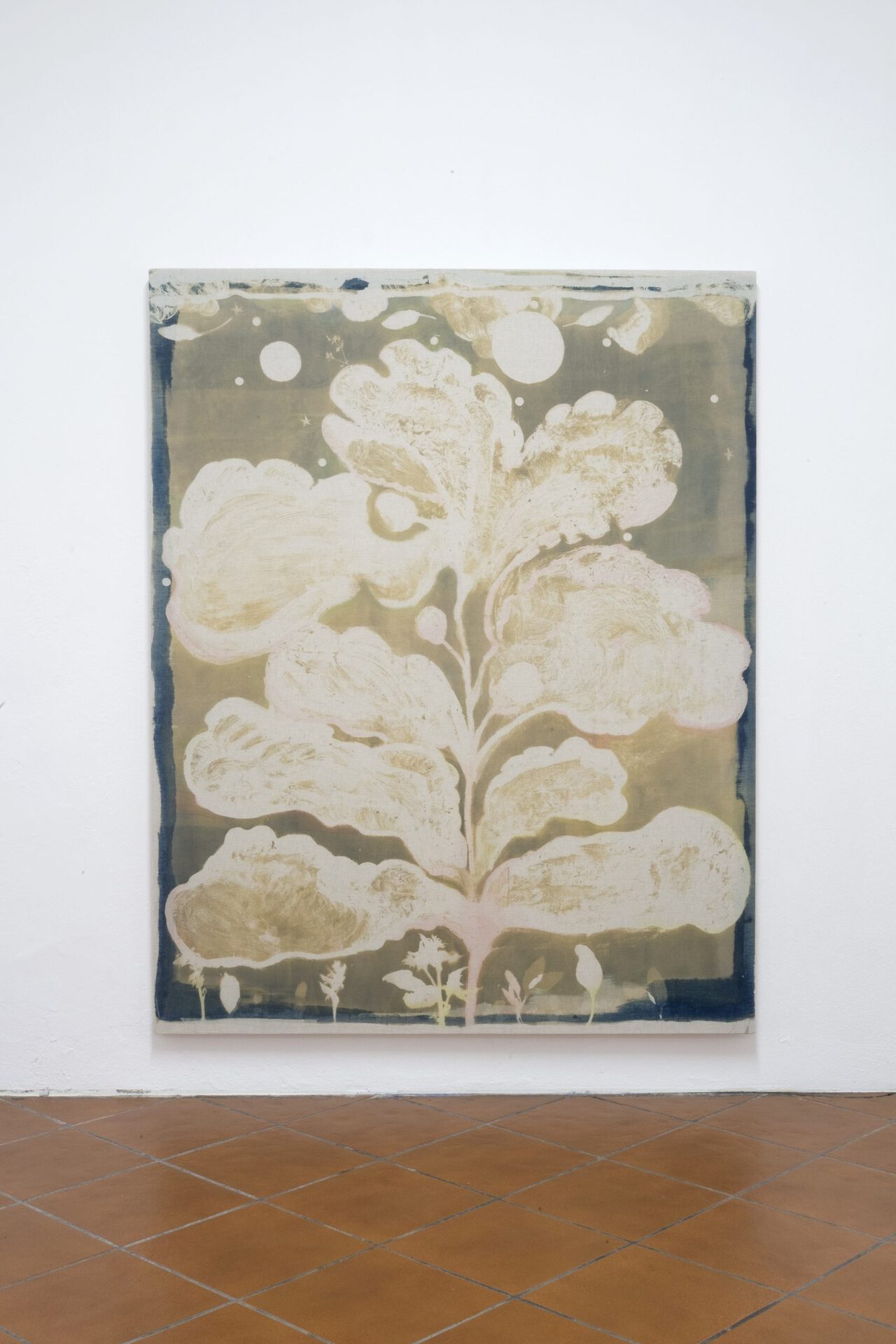
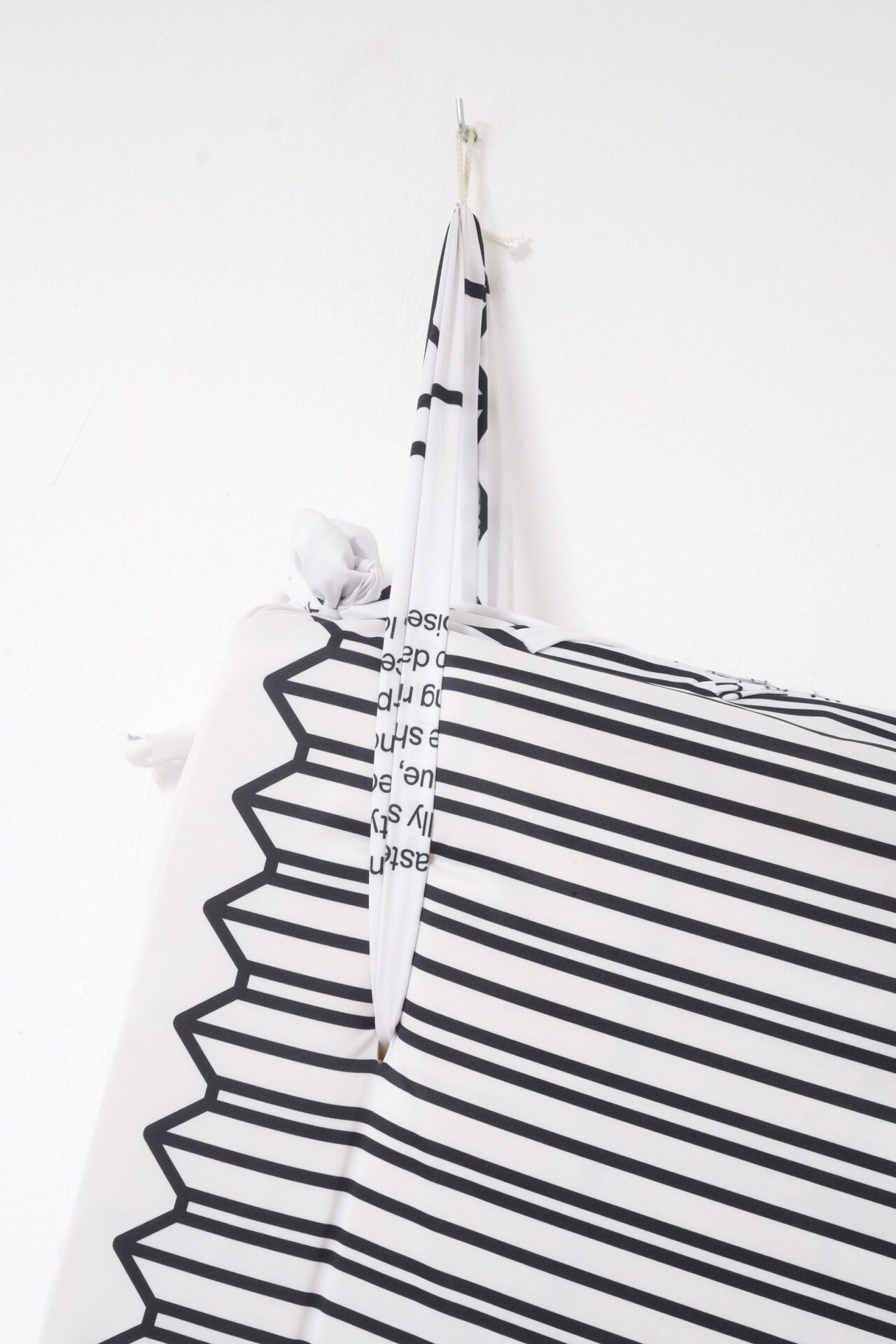
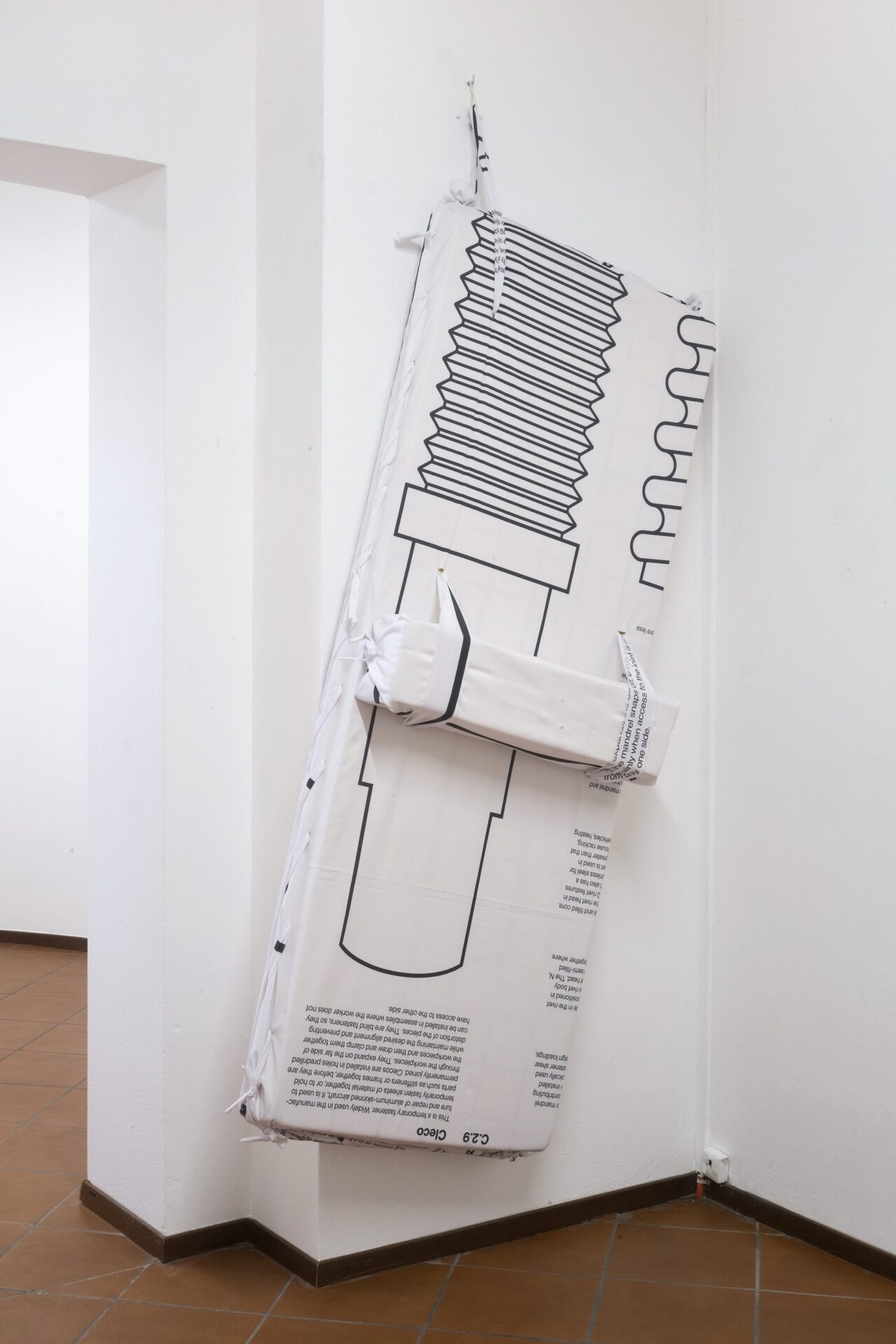
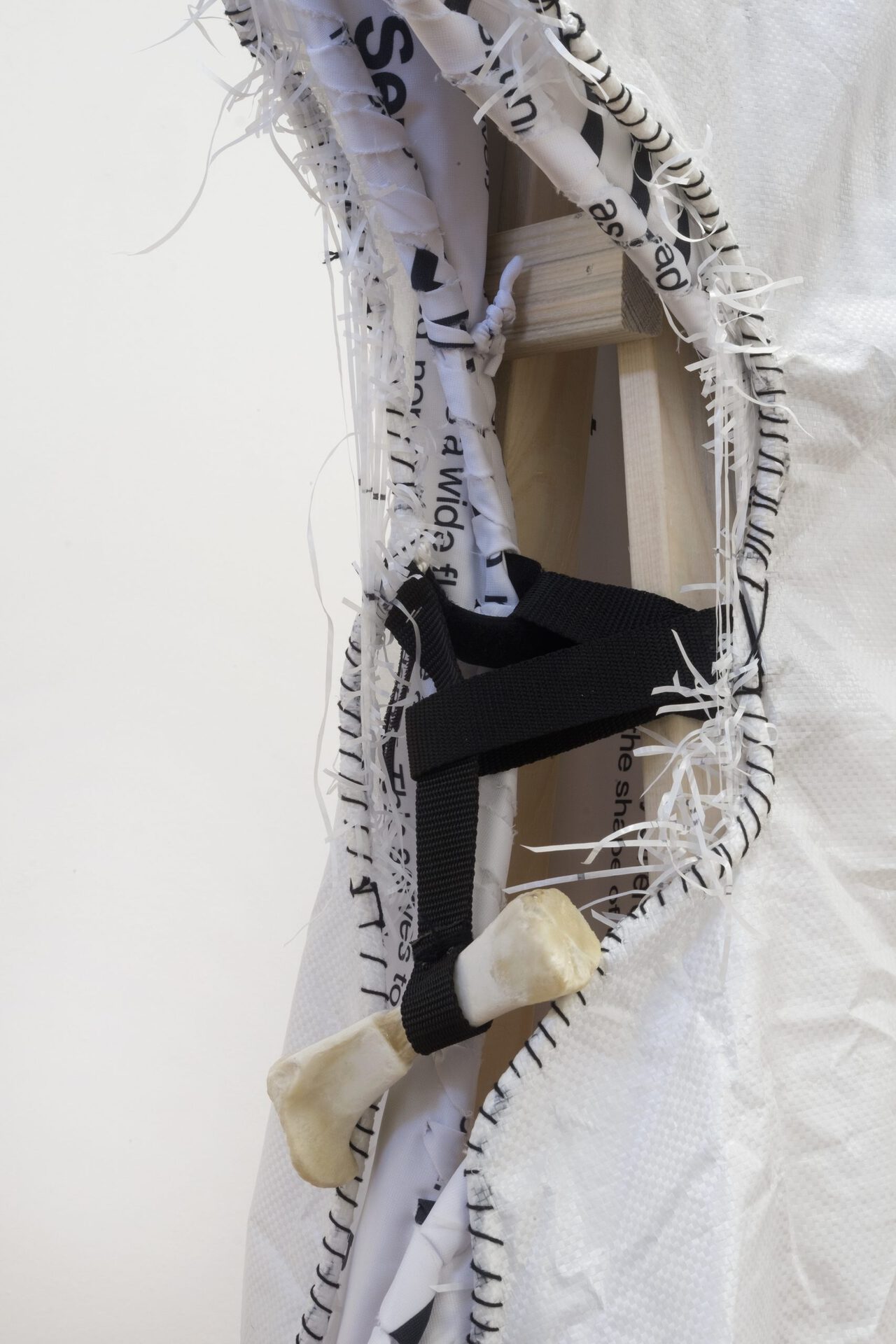
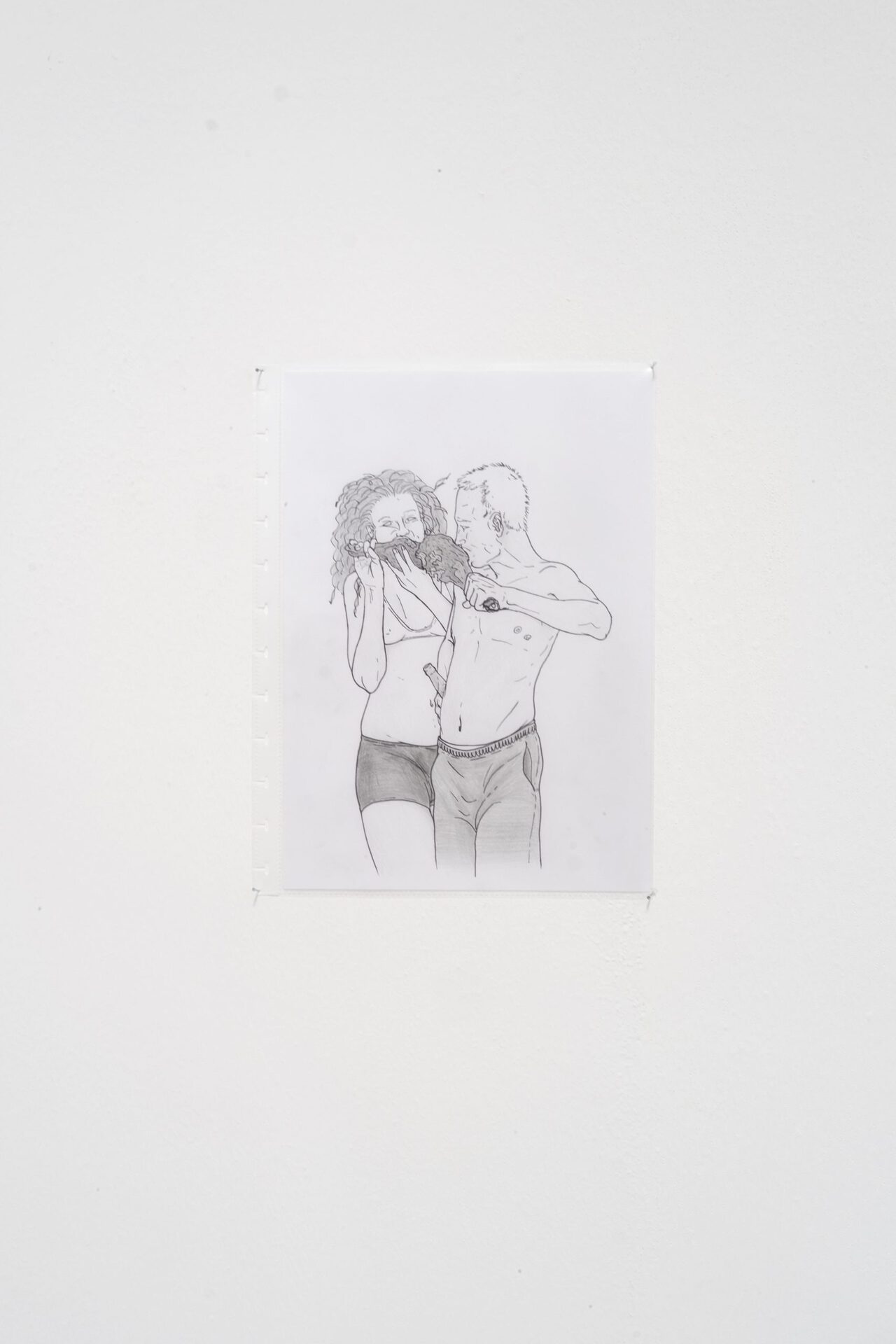
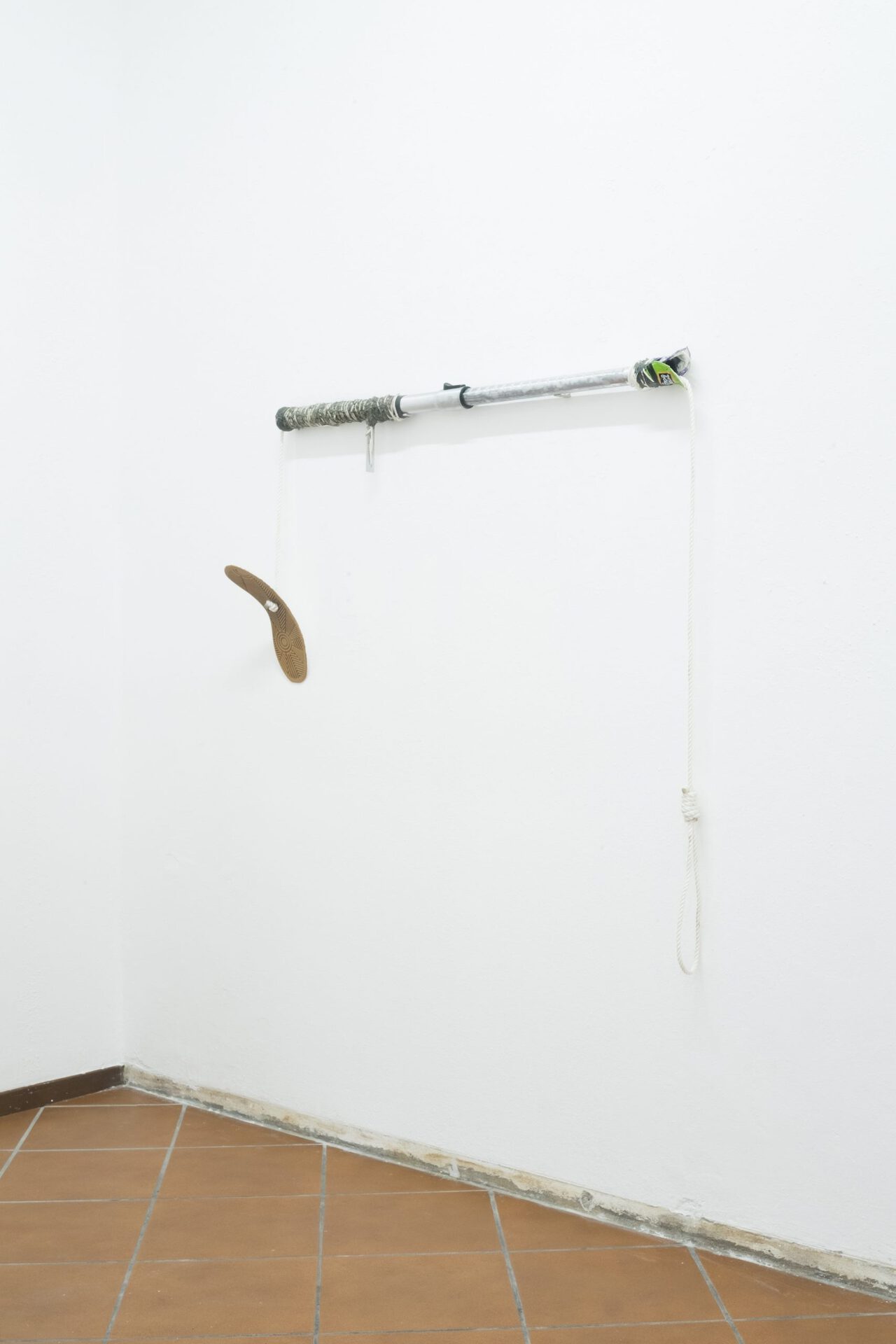
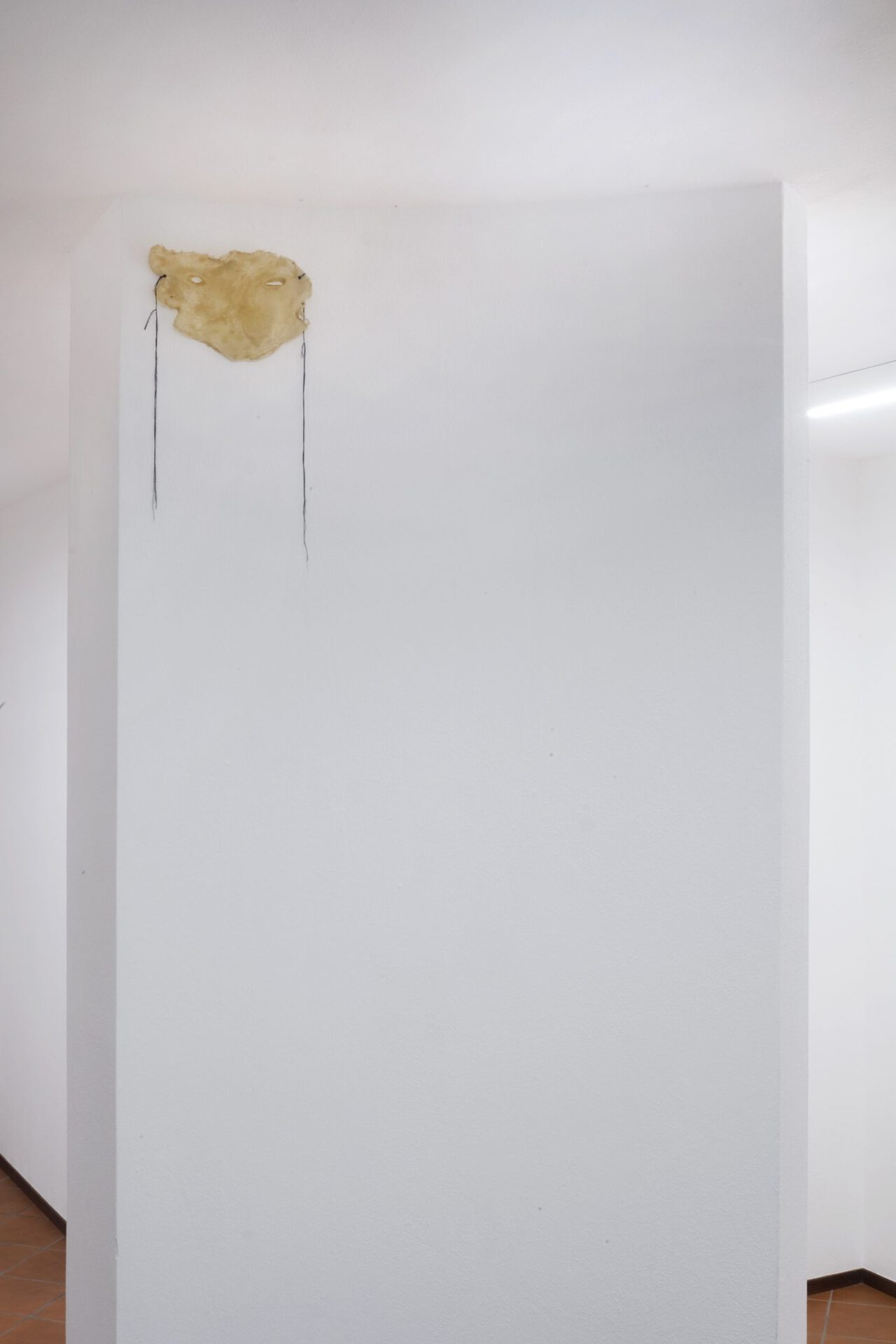

Location
SONNENSTUBE OFFSPACE, Villa FloridaDate
11.12 –10.02.2021Curator
Giada OlivottoPhotography
Mattia AngeliniSubheadline
From 12 December 2020 to 9 January, 2021 Sonnenstube Off-space presented a duo show entitled 人魚, the last itinerant episode of the year 2020, at Villa Florida, which will exhibit the works of Lisa Lurati and Alessandro Polo, curated by Giada Olivotto. 人魚 it’s a journey within an imaginary of hunting and survival, in which we can see natural scenarios appear where existential meditations blend with the absurd and the banal. A canvas of what could, arrogantly, reveal itself as an omen on the relationship between man and nature or unmask itself as the enactment of a simple fairy tale. The heterogeneity of the exhibition will be given by the different techniques of the works that the two artists have produced for this occasion. From experimental cooking to the construction of fake weapons to cyanotype and latex.Text
In Switzerland, the 人魚 network was installed throughout the country in September 1936. All 8,200 人魚 resonate on the first Wednesday of February. Considering their lament, I imagine they are all in good condition. The sea on the horizon is never in sight. However it is just a test, the rest of the time they remain silent.
The 人魚 have been silent for thousands of years, more or less since the time of the Greeks, when they still flew, arrogantly singing their songs. It is still uncertain why -during the Middle Ages- they lost the ability to fly, and then developed gills, possibly due to a translation error. For sure they are known for their ability to induce humans towards the rocks.
After having driven many to travel, to utopia and delirium, they lie like seals in the sun, escaping our questions. Imagery, the one linked to 人魚, that does not allow to bring us closer to solitude, in a world otherwise populated by a silent nature, whose only interlocutor is us. If nothing responds, nonsense prevails and madness catches up. We, therefore, live surrounded by a macrocosm that could easily get along without us.
The legend of Yao Bikuni tells of a man who drags a 人魚 out of the sea trapping it in his net. Reached at home by his friends, he serves the meat for dinner. One of them, peeking into the kitchen, frightened by the nature of the 人魚, convinces the others to pack the contents of their plates, hiding it in a piece of paper and later throw
it away on the way home. However, the drunkest one, upon arriving home, has the package stolen. The meat, consumed by his daughter, will change her destiny. She will live long through many ages on the planet, until, destroyed by boredom, she commits suicide. The embrace of mortality comes after 800 years.
The acceptance of the banality of life is confronted with the repetitiveness of three fundamental subjects: nourishment, rest, and interaction with the surrounding natural environment. A repetition that has forced us, in silence and confidence, to constantly use our imagination to try to give life to another world. Presents and futures mainly based on the fermentation of memories in which the 人魚 also dwells.
What do all these underwater wonders mean? Like Azealia’s seapunk microgenre, they mean nothing. It is crucial to question how we have moved from the natural, pre-cultural sound of the 人魚 to their silence. Like lonely sailors, we wander in search of the ancient sonic mash, the natural one, in which we can survive but also find ourselves. The absurdity is that this does not mean to think about going back to swan hunting, but rather letting ourselves be drawn into listening to our biological limitation. The real world in which objects, such as latex masks and soft armors, live as false archaeological finds or props waiting for a landscape to belong to.
Through constant mutations, the 人魚 sweeten the nightmares of the most daring who dive in search of a way out of the common imagination. It is in this context that the 人魚 adapt, like water, to the most intimate needs of those involved. Hunger, rest, and nature thus become stratagems of defense thanks to their humility. Sailing, with salt-encrusted eyelashes, towards the quest for the totalizing experience, the image of a breast appears, from which the solution could spring.
Giada Olivotto
Lisa Lurati (1989) lives and works between Basel and Lugano. She studied at the school of photography in Vevey (CEPV). After the BA she worked 2 years for Thomas Saraceno, after those years she enrolled at the Academy of Basel (FHNW) where she recently obtained her master's degree. Lisa Lurati works from a hybrid visual material, found or produced indifferently and then constantly mixed, manipulated, and transformed to create new images of which there are multiple versions. Since 2013 her work has been presented: Scherzo. Molto allegro, quasi presto (Photoforum Pasquart, Biel 2018); Automatica(RiffRaff Kino Zürich, 2018); Glissement progressifs du récit (La Filature, Mulhouse (FR) / Biennale Moulhouse19); The end, let’s start again (Donau, Berlin 2016); Emerentia (Collectif Quinze, Le Bourg, Lausanne 2015).
Alessandro Polo (1994) Lives and works in Lausanne. He graduated from the NABA academy in Milan and obtained his master's degree at the ECAL in Lausanne in 2019. His research focuses on the relationship with materials, whose forms and properties lead Polo to model instruments, costumes and sculptures -almost- edible. In addition to his artistic practice, Alessandro Polo's work with the collective ALTALENA (https://altalena.cc). Polo's artistic practice has been exhibited in different spaces and multiple contexts among which we find: Agli Scultori Giovani (Villa Necchi Campiglio, 2019); UsefulNess (Crévecoeur, Paris 2019); Miraggio(Crema 2019); Ending Explained (Doc!, Paris 2019).
Giada Olivotto